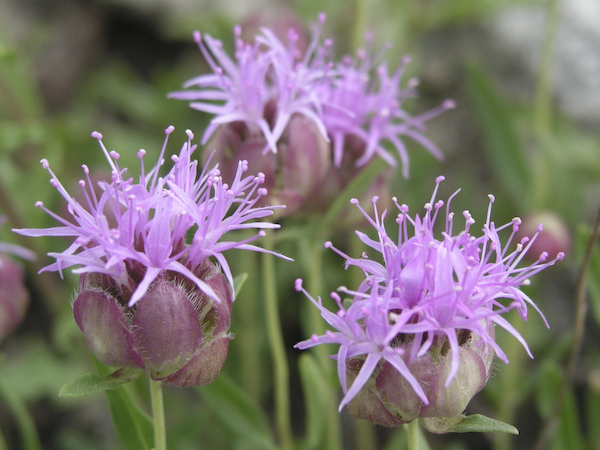Composing with Imaginary Triangles
When photographing groups of objects, particularly when I have more than one of the same kind of object available, I usually try to compose in groups of 3’s, and this usually works for a number of reasons: First, any one object will still be large enough to show some detail; when I get many more than three, the rendered size of each object necessarily gets smaller, thus obscuring the detail. Second, the viewer’s eye movement is simple and more predictable; knowing how the viewer is going to scan your image goes a long way toward directing the eye-flow of the viewer, thus prescribing a major part of the viewing experience. Third, I usually end up with enough background to achieve a balance between subject and background; having some background can help provide context and contrast for the main subject(s) in the image.
Perhaps the best reason I’ve had for composing in groups of three is that I can apply a composition technique I’ve learned which involves the placement of triangles: imagine the triangle whose points represent the centers of the 3 objects. If you can find a pleasing way to fit/arrange this triangle within the rectangle of your image, you almost always end up with a pleasing composition. Putting a triangle inside of a rectangle leaves lots of room for creativity, and is not nearly so problematic as trying to fit a square peg into a round hole. Often, this pleasing placement involves (1) balancing the center of the triangle on the center of the rectangular frame, and (2) making sure that none of the sides of the triangle is parallel to any of the sides of the rectangular frame.
In the case of this image, the imaginary triangle connecting the centers of the flower clusters is balanced on the center of the frame, and not one of the sides of the triangle is parallel with an edge of the frame.

Tip of the Week
2007.10.08

